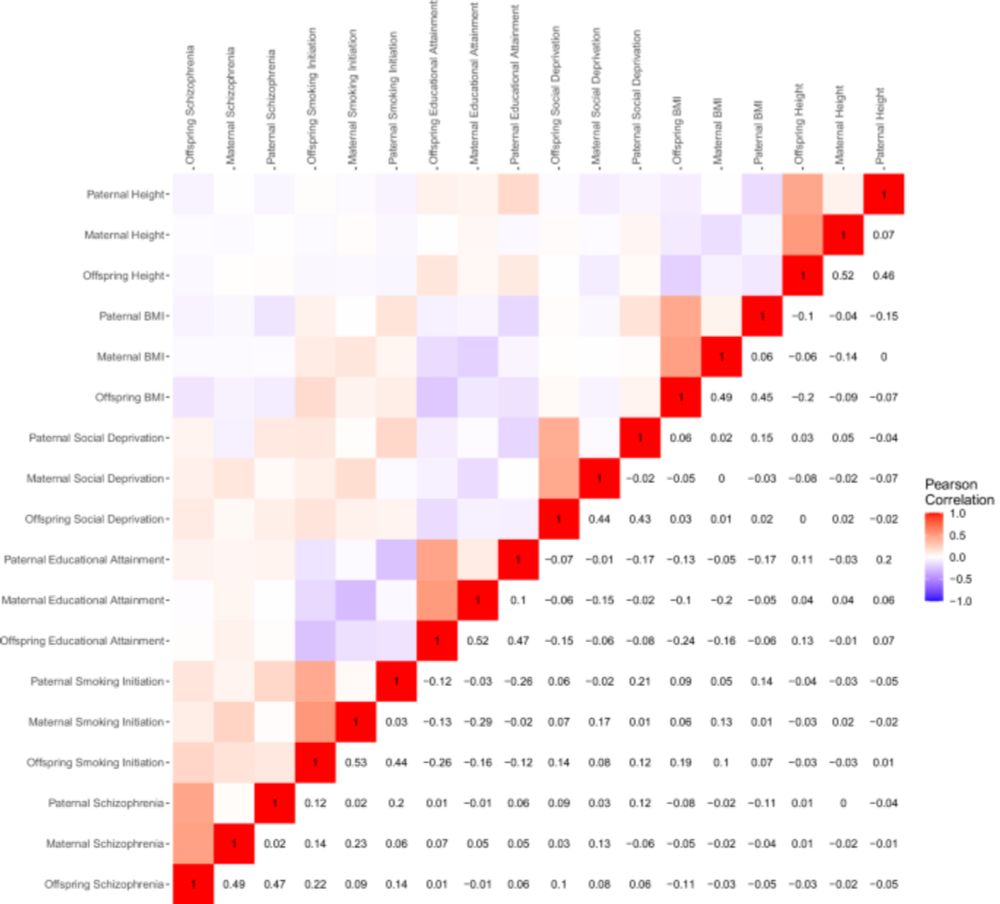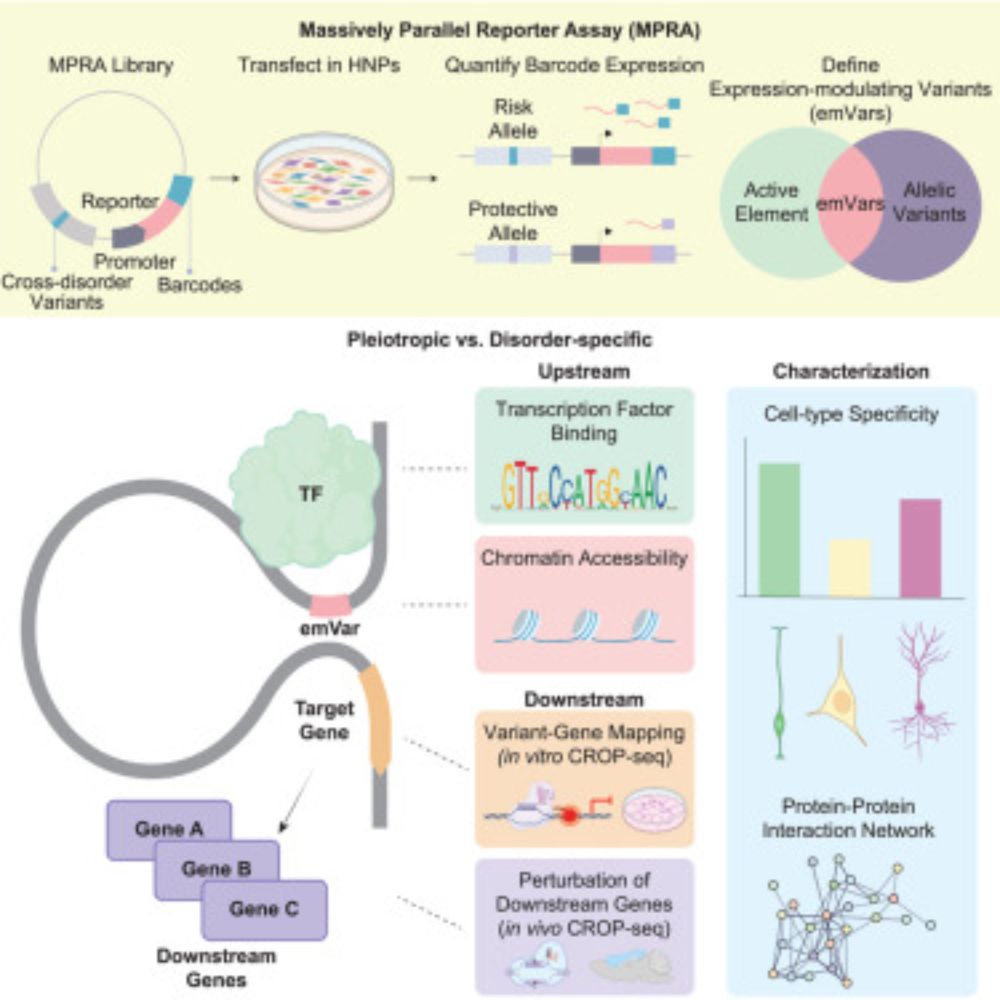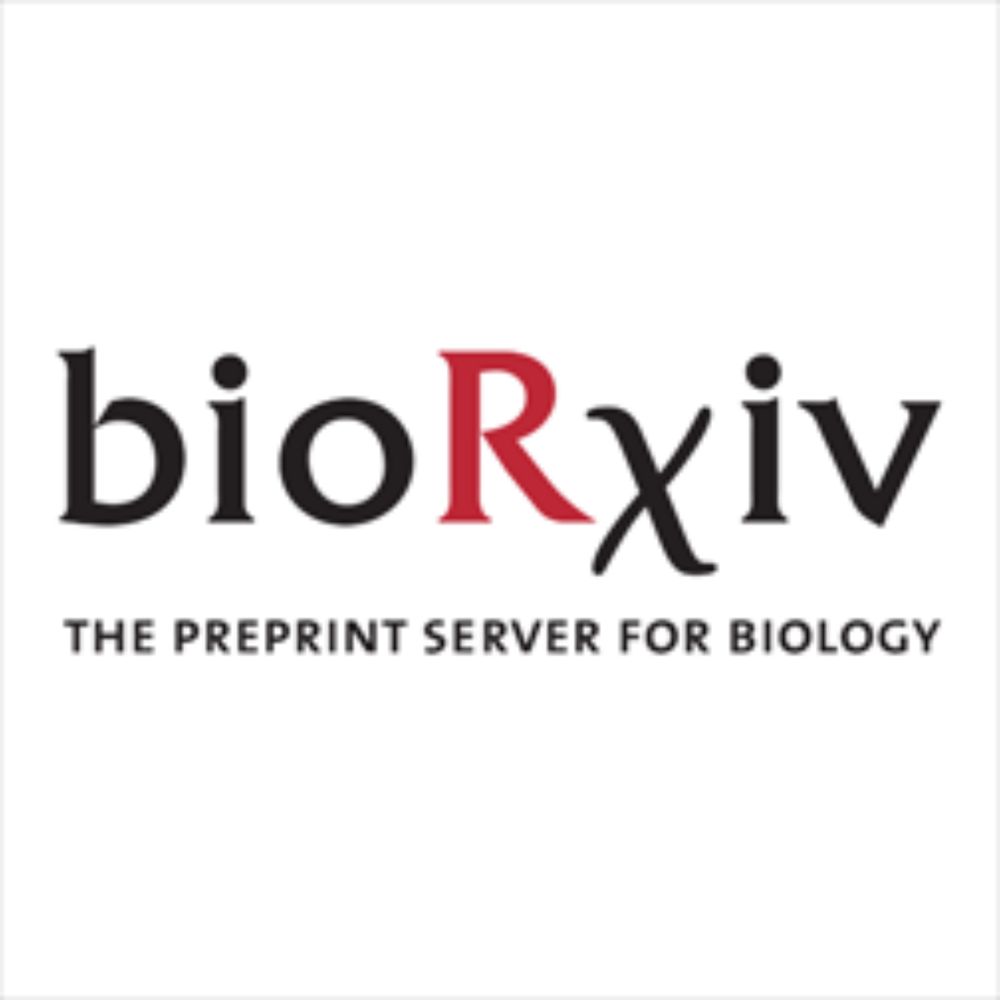www.medrxiv.org/content/10.1... @medrxivpreprint.bsky.social




www.medrxiv.org/content/10.1... @medrxivpreprint.bsky.social

We have universities for literally the same reason that we have roads and armies.
There is no society in the history of humanity that has successfully built a good university system without massive govt subsidies. US had already pushed the idea very far.
www.cell.com/cell/abstrac...

www.cell.com/cell/abstrac...
@cellcellpress.bsky.social @hyejungwon.bsky.social
cell.com/cell/fulltex...

@cellcellpress.bsky.social @hyejungwon.bsky.social
cell.com/cell/fulltex...

See slide show below for some of my edits 👇🏽
See slide show below for some of my edits 👇🏽
www.biorxiv.org/content/10.1...
Huge congrats to Anusri! This was quite a slog (for both of us) but we r very proud of this one! It is a long read but worth it IMHO. Methods r in the supp. materials. Bluetorial coming soon below 1/
www.biorxiv.org/content/10.1...
Huge congrats to Anusri! This was quite a slog (for both of us) but we r very proud of this one! It is a long read but worth it IMHO. Methods r in the supp. materials. Bluetorial coming soon below 1/

Q-rich activation domains: flexible ‘rulers’ for transcription start site selection?
www.cell.com/trends/genet...

Q-rich activation domains: flexible ‘rulers’ for transcription start site selection?
www.cell.com/trends/genet...
Do these studies find the most IMPORTANT genes? If not, how DO they rank genes?
Here we present a surprising result: these studies actually test for SPECIFICITY! A 🧵on what this means... (🧪🧬)
www.biorxiv.org/content/10.1...

Do these studies find the most IMPORTANT genes? If not, how DO they rank genes?
Here we present a surprising result: these studies actually test for SPECIFICITY! A 🧵on what this means... (🧪🧬)
www.biorxiv.org/content/10.1...

